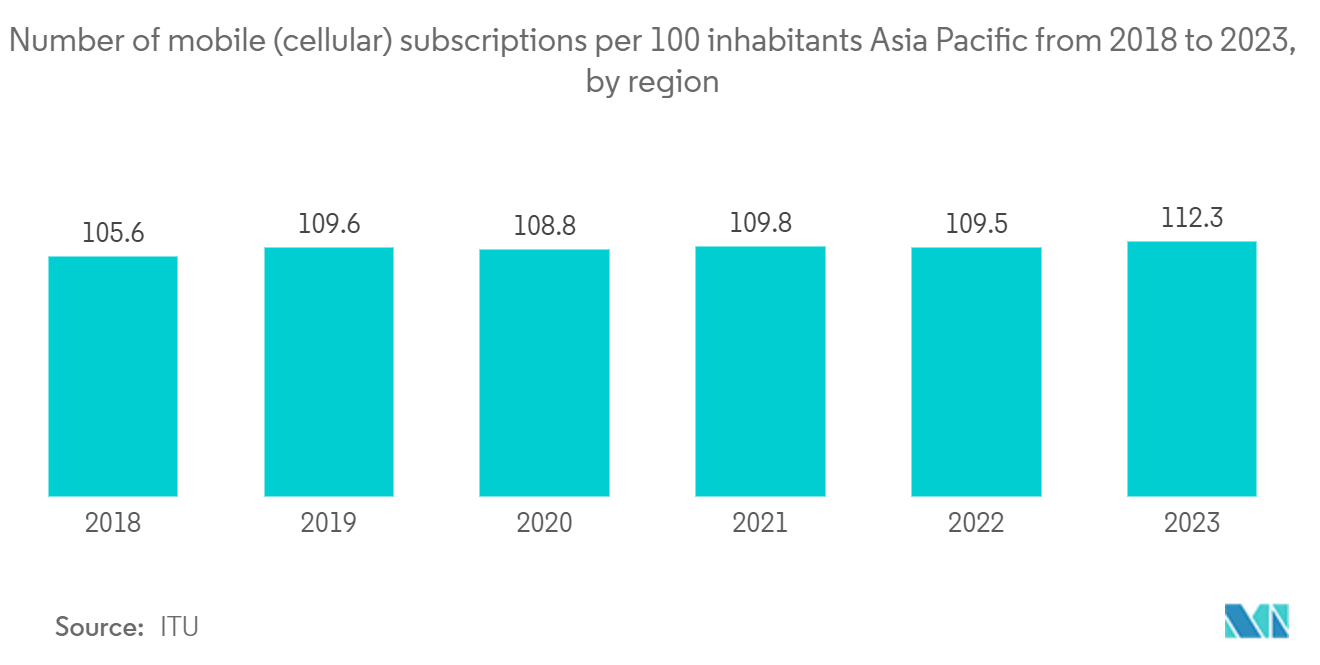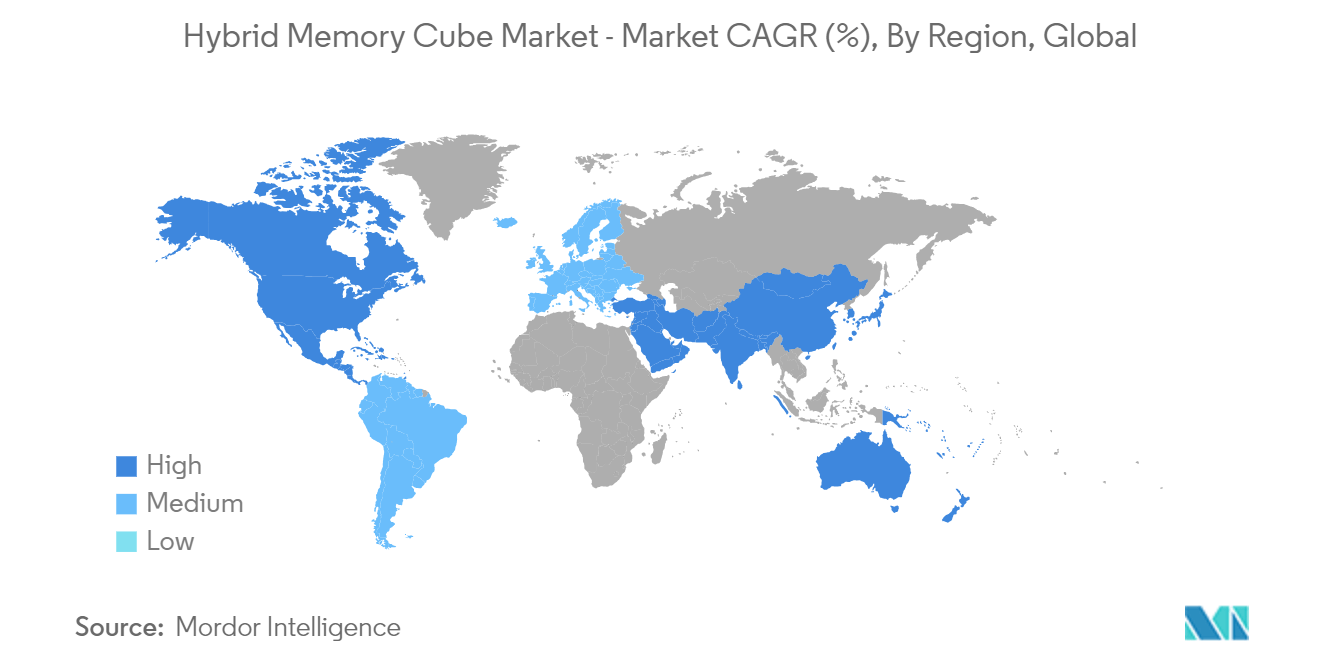Market Trends of Hybrid Memory Cube Industry
Telecommunications and Networking Segment is Expected to Register a Significant Growth
- The telecommunications and networking segment's anticipated growth in the hybrid memory cube (HMC) market is likely due to increasing demand for high-speed data processing and transfer in these sectors.
- HMC technology offers enhanced performance, bandwidth, and energy efficiency compared to traditional memory solutions, making it well-suited for meeting the demands of telecommunications and networking applications. As these industries continue to expand and adopt advanced technologies like 5G and edge computing, the need for efficient memory solutions like HMC is expected to rise, driving growth in this segment of the market.
- The global telecommunication sector is continuously transitioning as infrastructure improvements to broadband and mobile technologies continue. Hybrid memory cubes are increasingly used for high-performance computing (HPC), which can be termed as the set of distributed and parallelization techniques used to connect computing units to perform more complex tasks faster.
- Edge computing networks and telecommunication technologies support information transmission over distances via., connected and distributed communication devices. Rapid innovations in transmitting, switching, processing, analyzing, and retrieving information are essential for the success of various emerging telecommunication technologies, and this is likely to indirectly influence the growth of the HMC market over the forecast period. The advent of 5G is expected to boost the HMC market. For instance, according to the GSMA report, by the end of 2030, there will be around 1.4 billion 5G connections in Asia Pacific.

Asia-Pacific is Expected to Witness Fastest CAGR
- The region's industries, such as retail, healthcare, IT, and telecommunication, need advanced and fast data processing systems due to the increasing consumer base and data traffic. Moreover, China wishes to establish a world-class IC design unit in applications, such as telecommunications, IoT, big data, and cloud computing industries, which is expected to further boost the HMC market.
- The enormous amount of data generated through the connected devices and the emergence of Big Data applications have put intense pressure on the data center memory systems and capacity, making the companies look for solutions to the problem. HMCs have a huge potential that could reduce not only the workload but also increase the performance and reduce power consumption by the data centers.
- In May 2023, Micron Technology has announced its intention to invest up to JPY 500 billion (USD 3.6 billion) in Japan over the next few years, with the support of the Japanese government to rise its business in next-generation memory chips. This strategic move reflects the Japanese government's determination to revitalize its semiconductor industry and enhance the country's chip supply chain. It also aligns with their efforts to introduce advanced chip technology to Japan, particularly in light of the growing tensions between the United States and China.
- The development of internet infrastructure in Asia-Pacific leads to the employment of modular data centers in this region. Therefore, Asia-Pacific companies of all sizes and industries are embracing the digital revolution. It is also driving data center providers and users to continuously increase their investment in the construction and services of modular data centers. Due to these significant measures, Asia-Pacific is expected to account for the highest growth rate of 58.57% over the forecast period.


